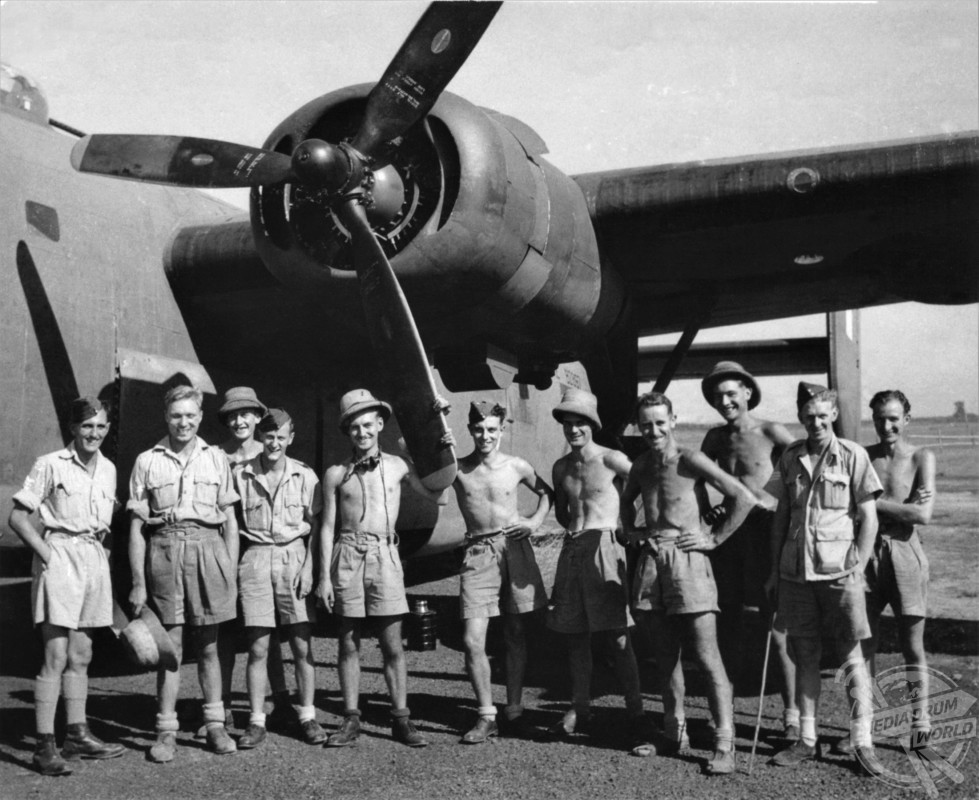
By Tom Dare
A GRIPPING new book which tells the first-person story of one of the brave RAF pilots responsible for fighting the Japanese in the skies over Burma during the Second World War has been released this week, giving a fascinating insight into one of Britain’s lesser-known conflicts.
Images from ‘RAF Liberators Over Burma: Flying with 159 Squadron’ by Bill Kirkness and Matt Poole, show Bill and his crew carrying out repairs from their base in India, while troops can be seen preparing the aircraft’s machine guns in another.
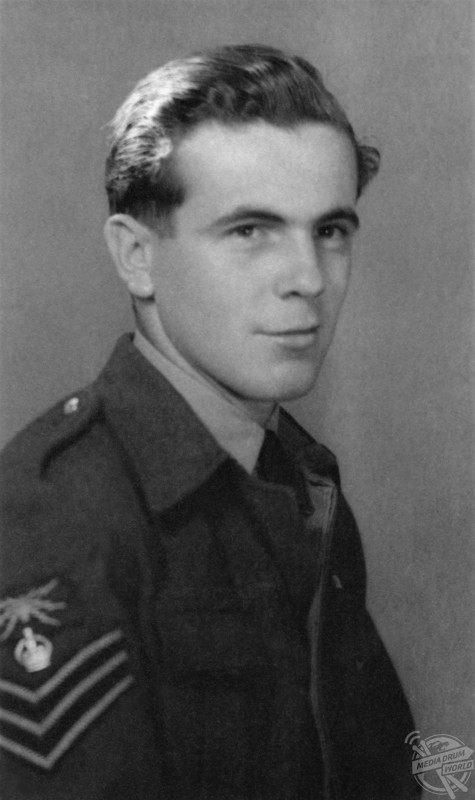
A further image shows a pilot preparing for take-off from the base, while several shots of the crew together offer a real insight into what life was like for the RAF pilots fighting in this area of the world during the war.
During his years of service Bill, an RAF air gunner during the war, flew thirty-two B-24 Liberator bomber sorties, twenty-eight of which were against Japanese targets in Burma.
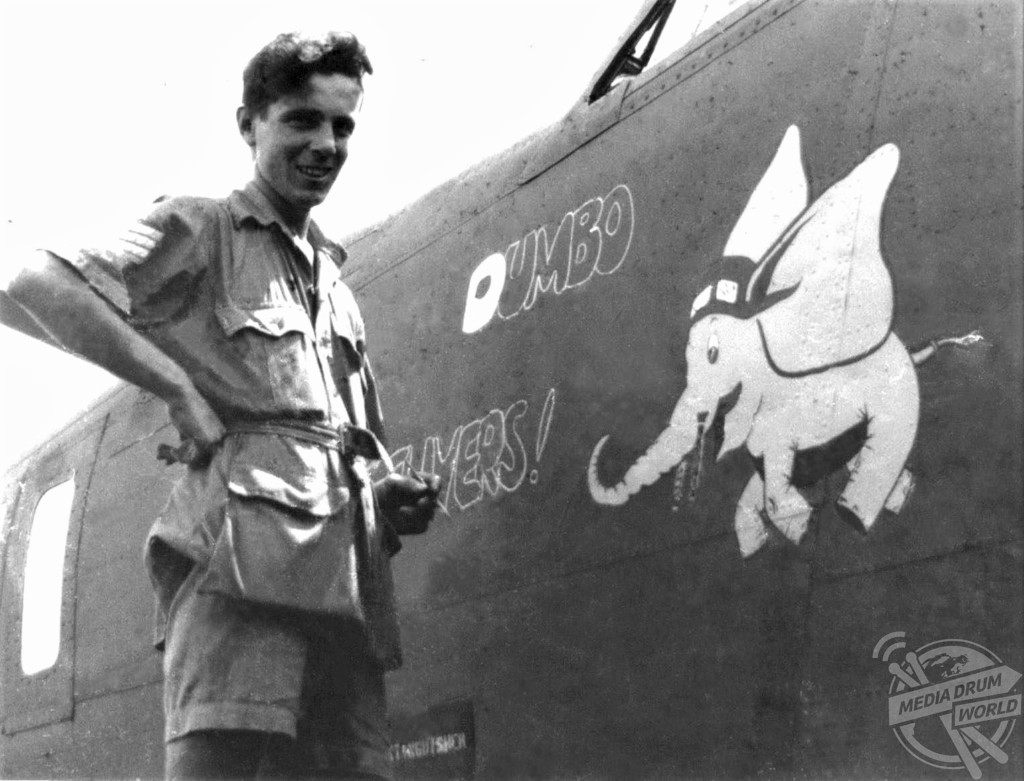
He was credited with downing the night fighter that killed a crewmate and severely damaged his Liberator in April 1944, and was awarded a prestigious Distinguished Flying Medal for his heroism after the war.
And, throughout the book, Bill recalls several different episodes from his time with 159 squadron:
“It was July 1942, and I had been on leave after returning home from a journey into harm’s way to help deliver a Wellington bomber to Egypt,” he writes.
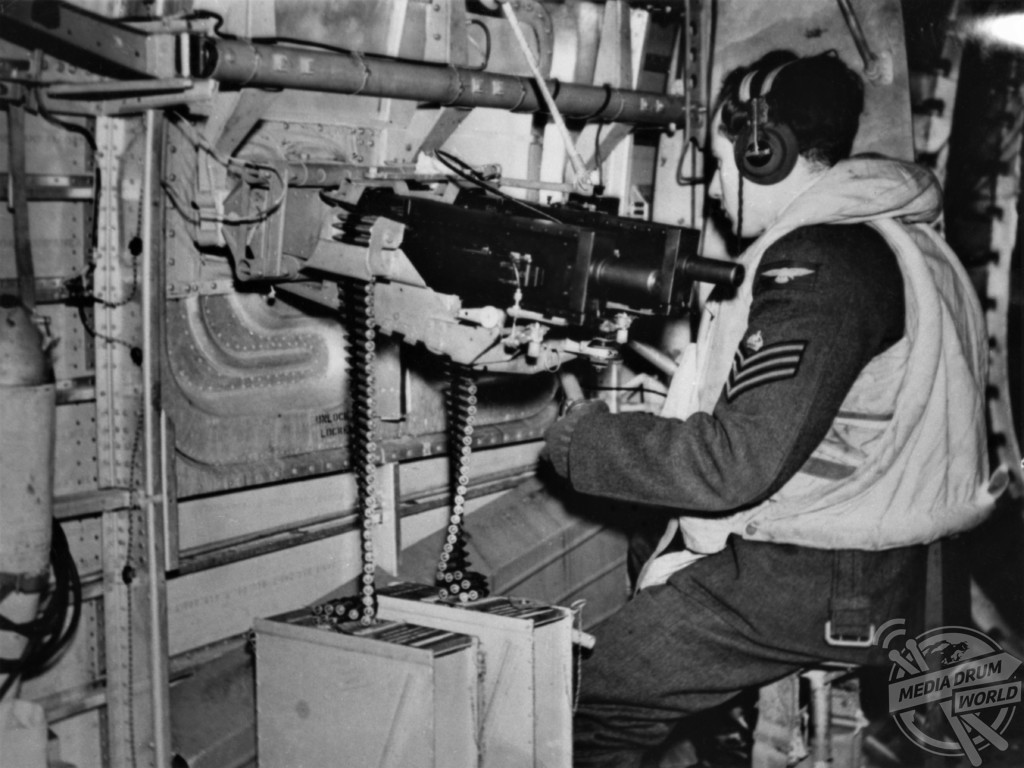
“From Egypt, I had sailed to Cape Town, South Africa, where I eventually boarded a second ship sailing back to the UK. It had been an exhausting journey, and at times a dangerous one, especially in Malta. The leave had done me the world of good, but I had been strangely restless. Everything was too quiet and I missed the companionship of like-minded airmen.
“The telegram’s details suggested that I was inching closer to a posting on an operational squadron, which would have pleased me two weeks earlier, but since learning of my girlfriend’s death in a recent air raid on Hull, nothing seemed very important anymore. My main pastime on leave had been taking my mongrel bitch for long walks in the woods close to the house.
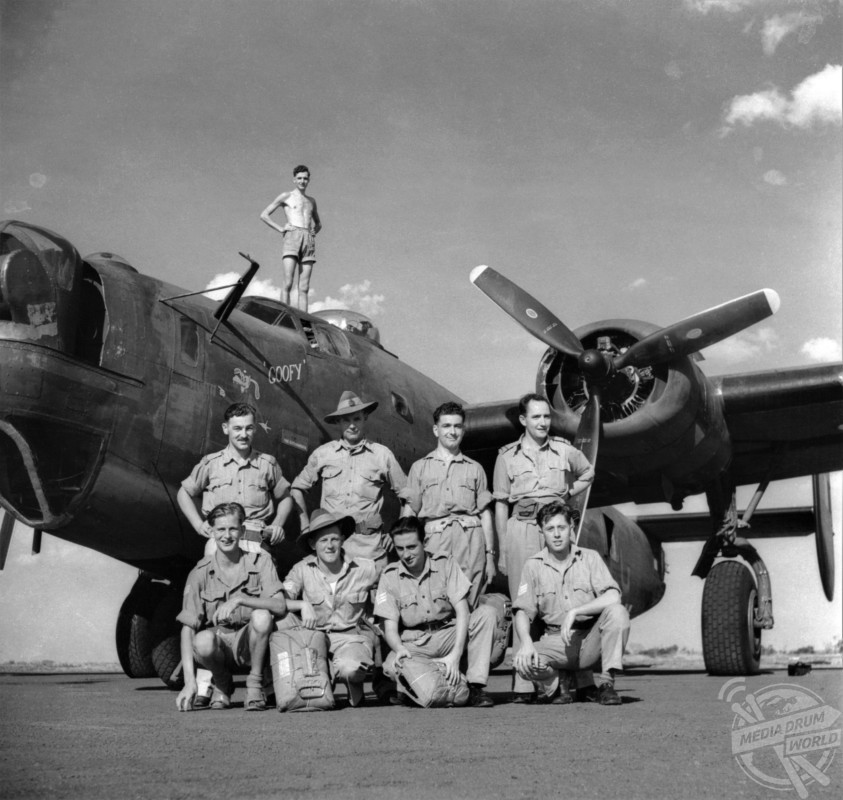
“My parents were both employed on war work—Dad at the Avro aircraft factory at Yeadon and Mum at an armaments factory in a neighbouring town—so I had to wait until the evening to inform them of the telegram. I spent the day packing and visiting the rail transport officer in town to obtain my travel warrant. During the evening meal, I told my parents and sister, Sheila, that I was leaving next morning.
After some initial fuss from Mum, the news was digested along with the Spam and limp lettuce that, together with the National Loaf brown bread, constituted our evening meal.
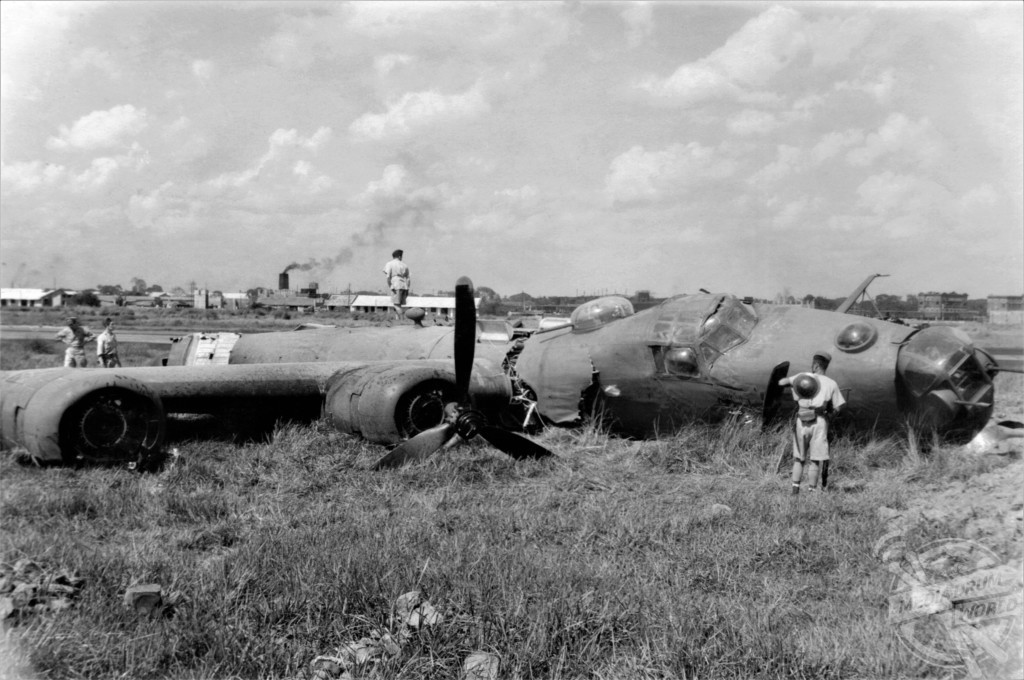
“I awoke after my parents had left for work and Sheila for school. After bidding a fond farewell to my dog, I caught the bus to Leeds railway station, then the train to Selby. As it was the usual suburban train, it had no corridor so there was no easy way of knowing who else was aboard. It was with some pleasure, then, that I spotted an old pal from our time together at No. 15 Operational Training Unit at Harwell when we both left the train at the same destination. He was also a wireless operator/air gunner. ‘Hello Arnie. You posted to Burn?’ I asked of Arnie Bridgman. ‘Yes, I suppose it’s a bomber unit,’ he answered. ‘Wonder what kind of kites we’ll be flying.’ ‘No need to wonder much longer. Here comes the gharry,’ I said, as a 15-cwt utility vehicle pulled up near us.
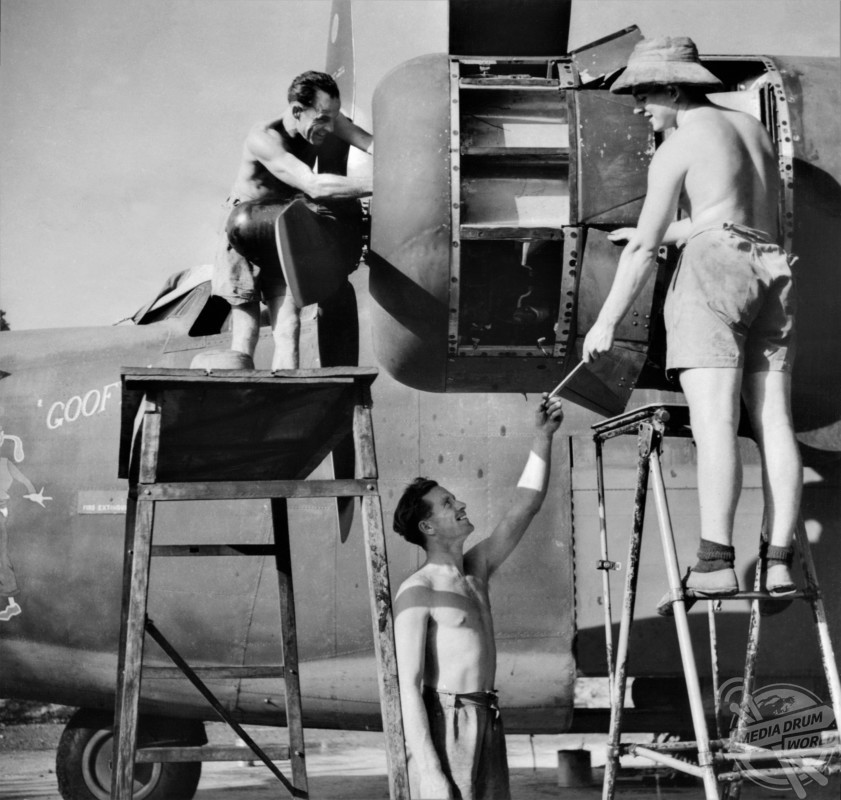
“We would shortly commence the next phase of our wartime service aboard American-built B-24 Liberator bombers of 1653 Conversion Unit at nearby RAF Burn. Further adventures would take us far afield to India, where challenging Liberator flying awaited us. Only I would return home.”
Sadly Bill passed away in 1994, but colleague Matt Poole vowed to complete the memoirs the two had begun together.
You can pick up a copy of the new book, published by Fonthill Media, on Amazon here: https://www.amazon.co.uk/RAF-Liberators-Over-Burma-Squadron/dp/1781556563






